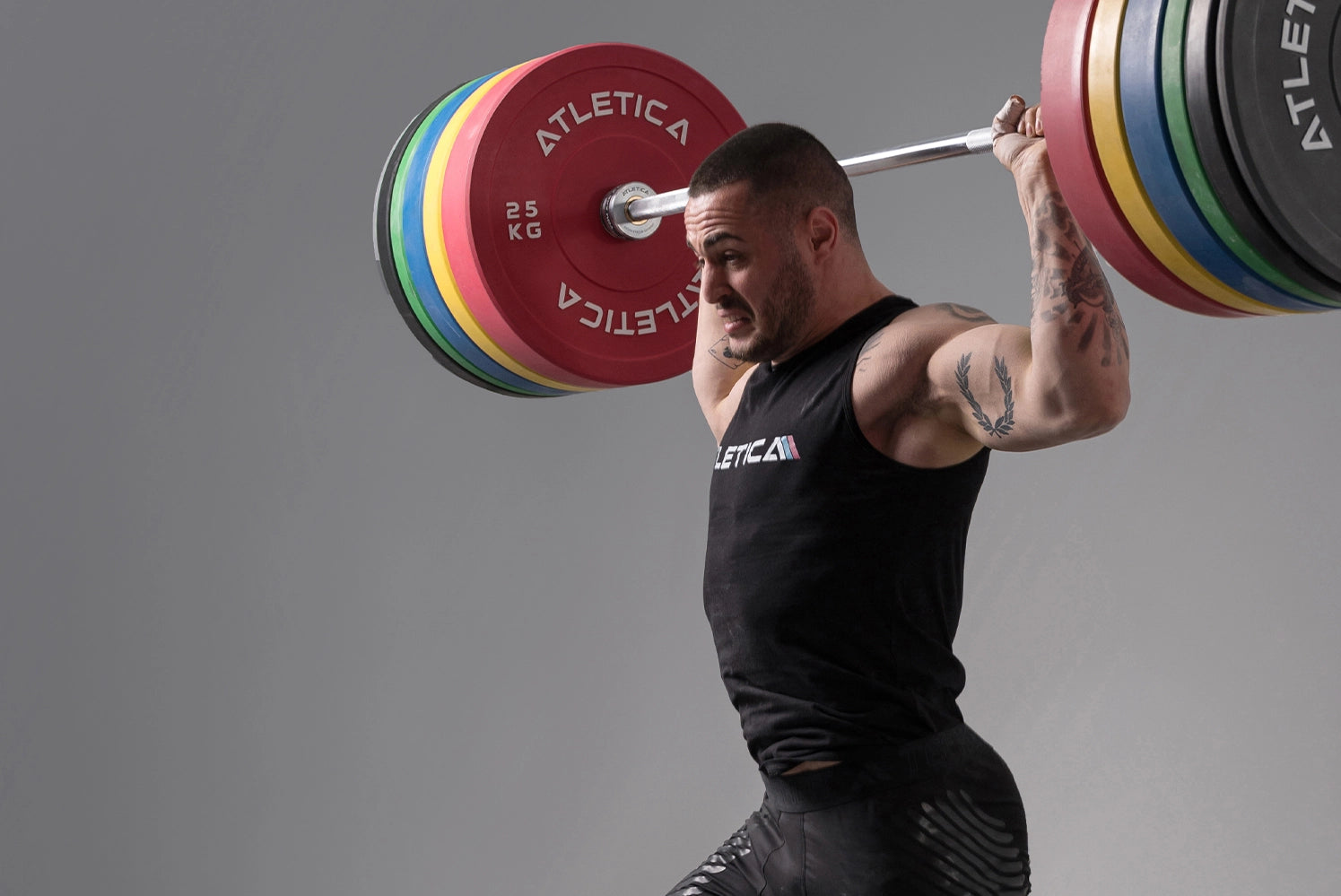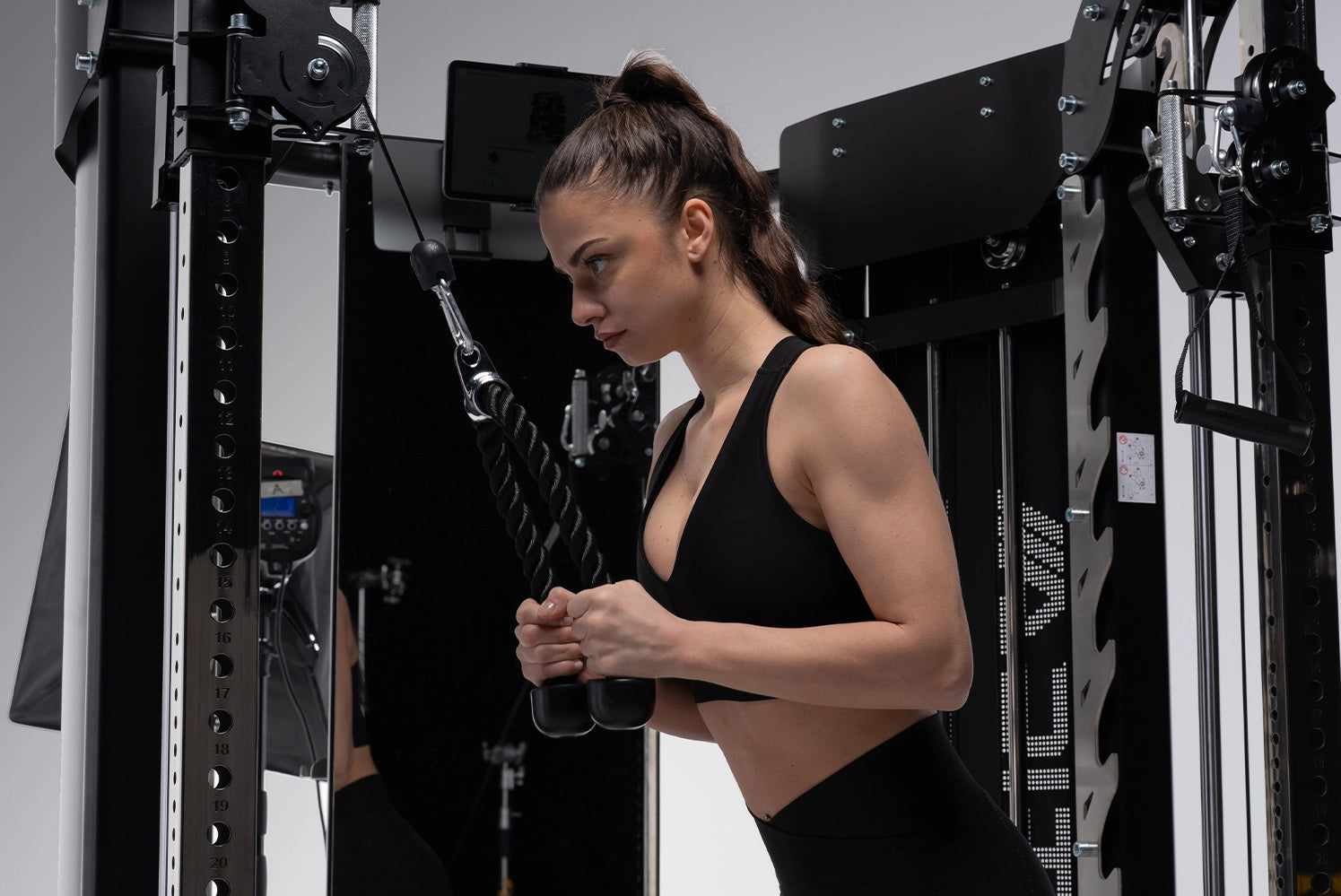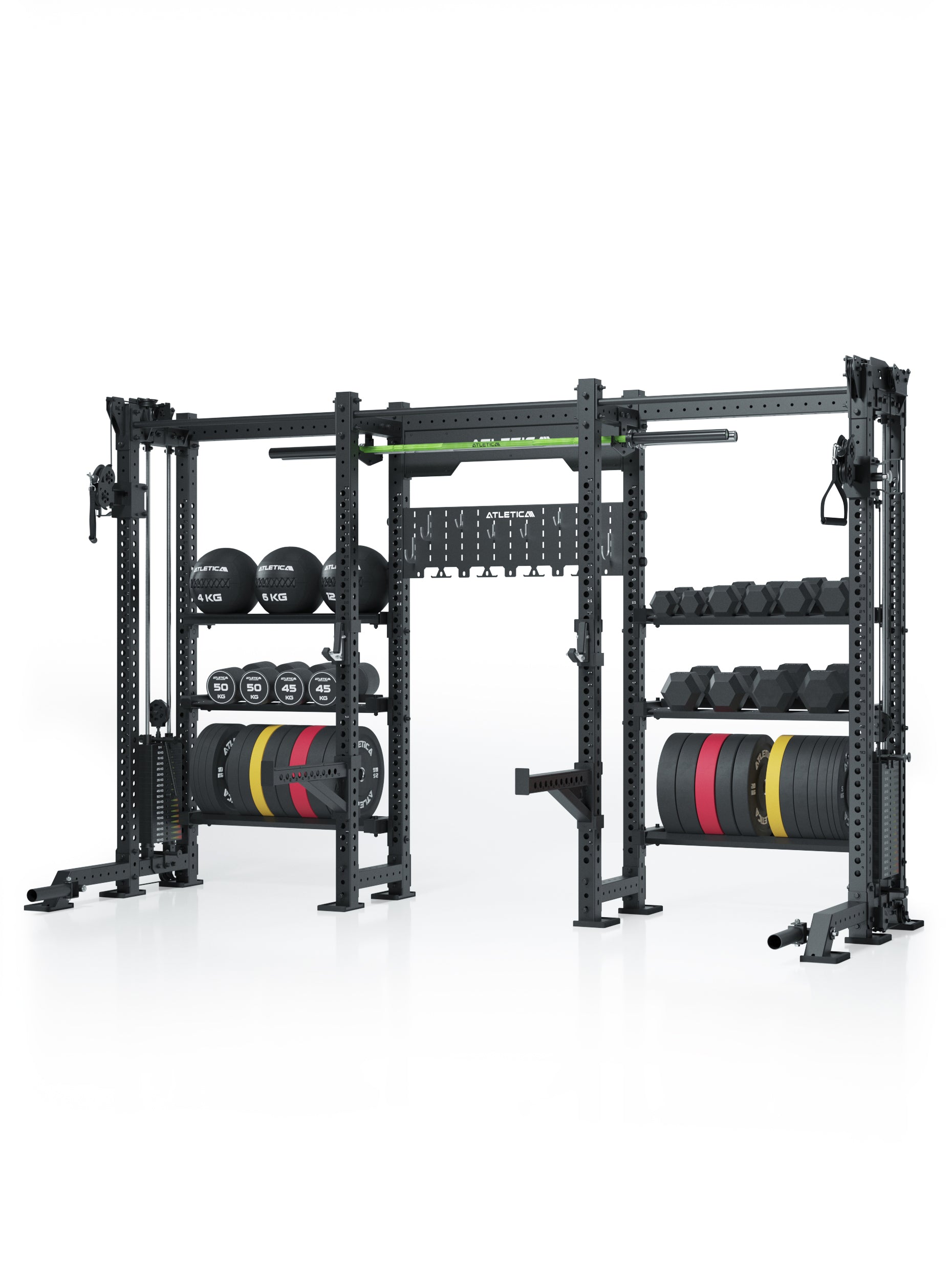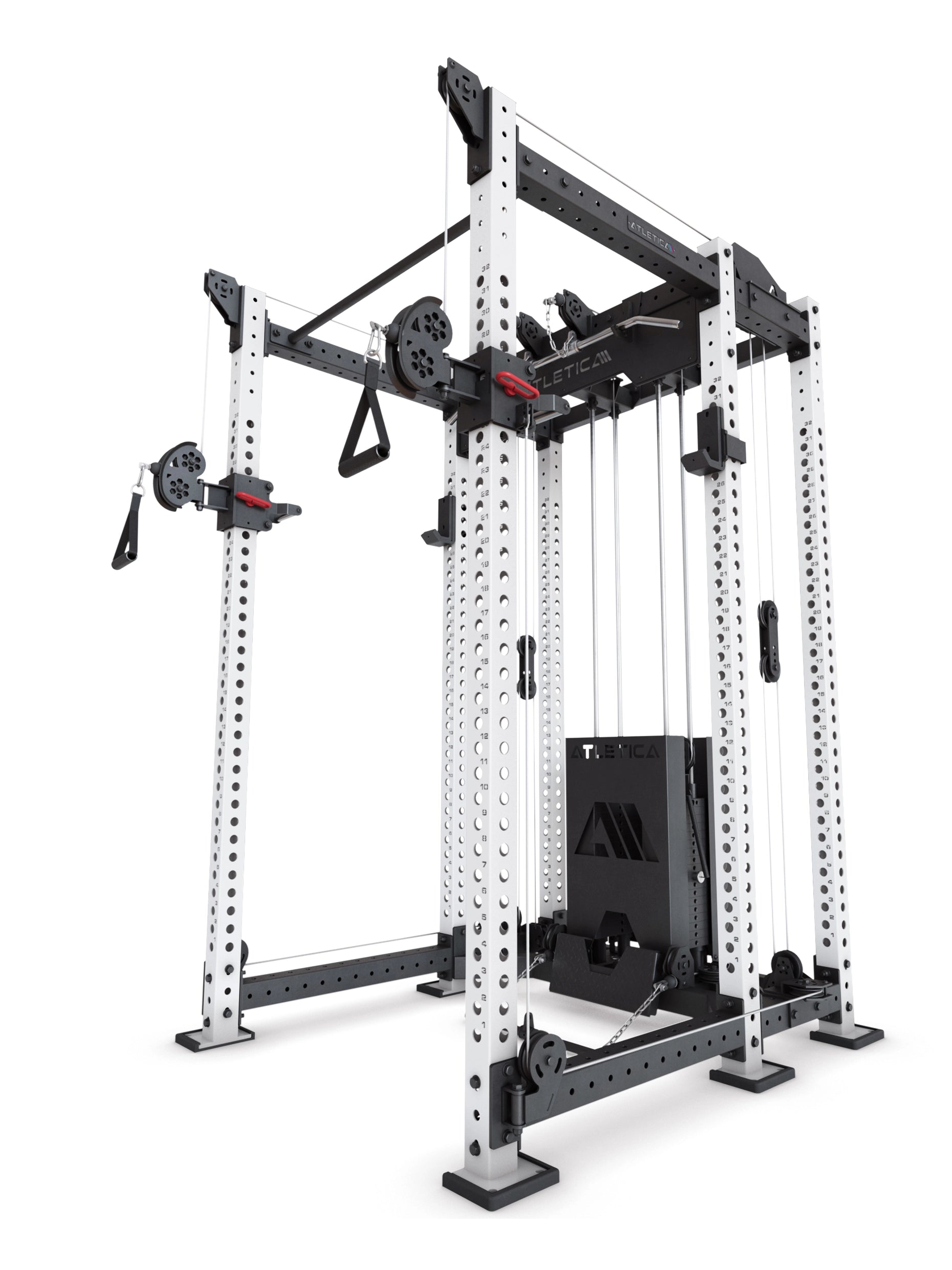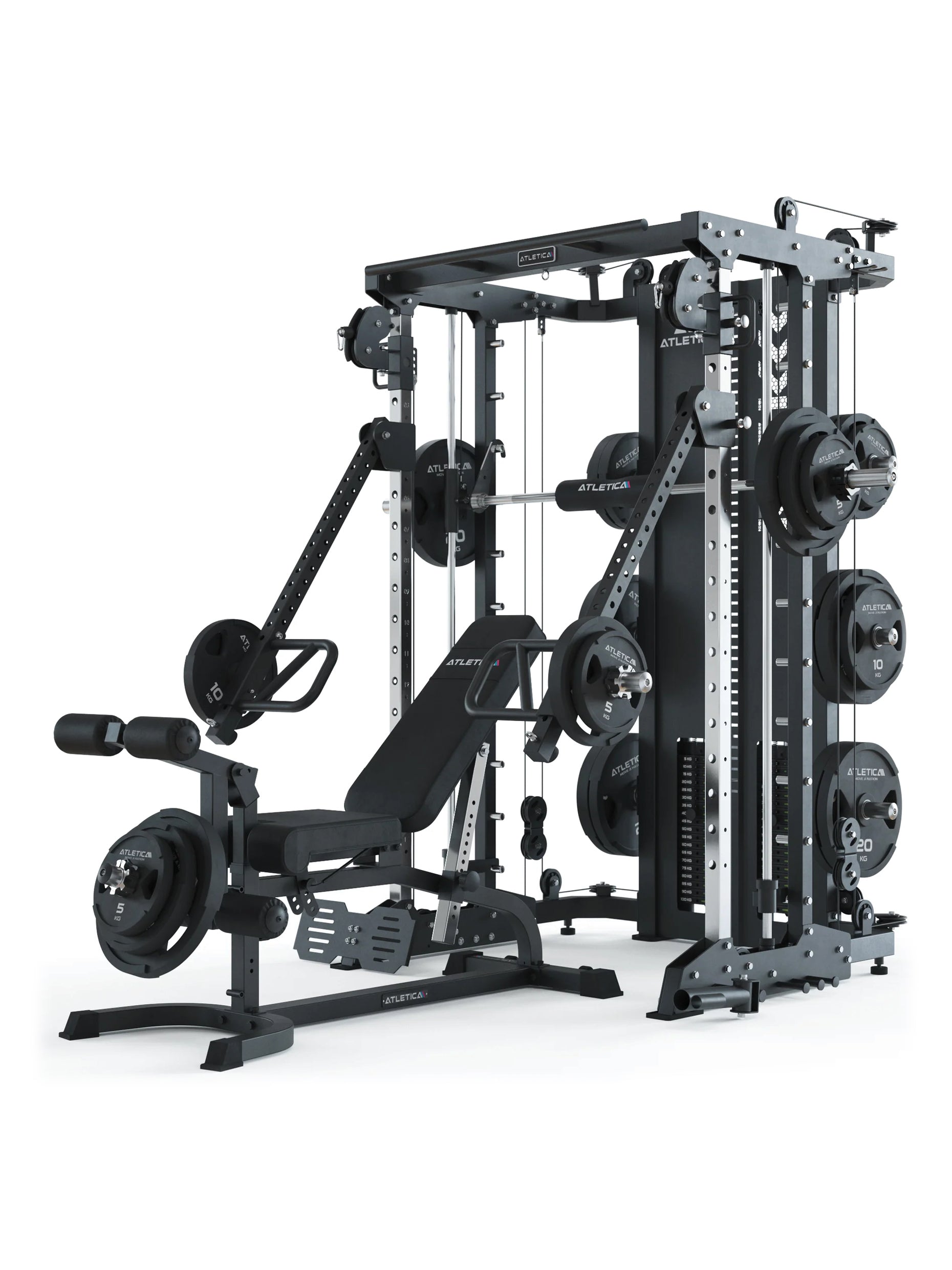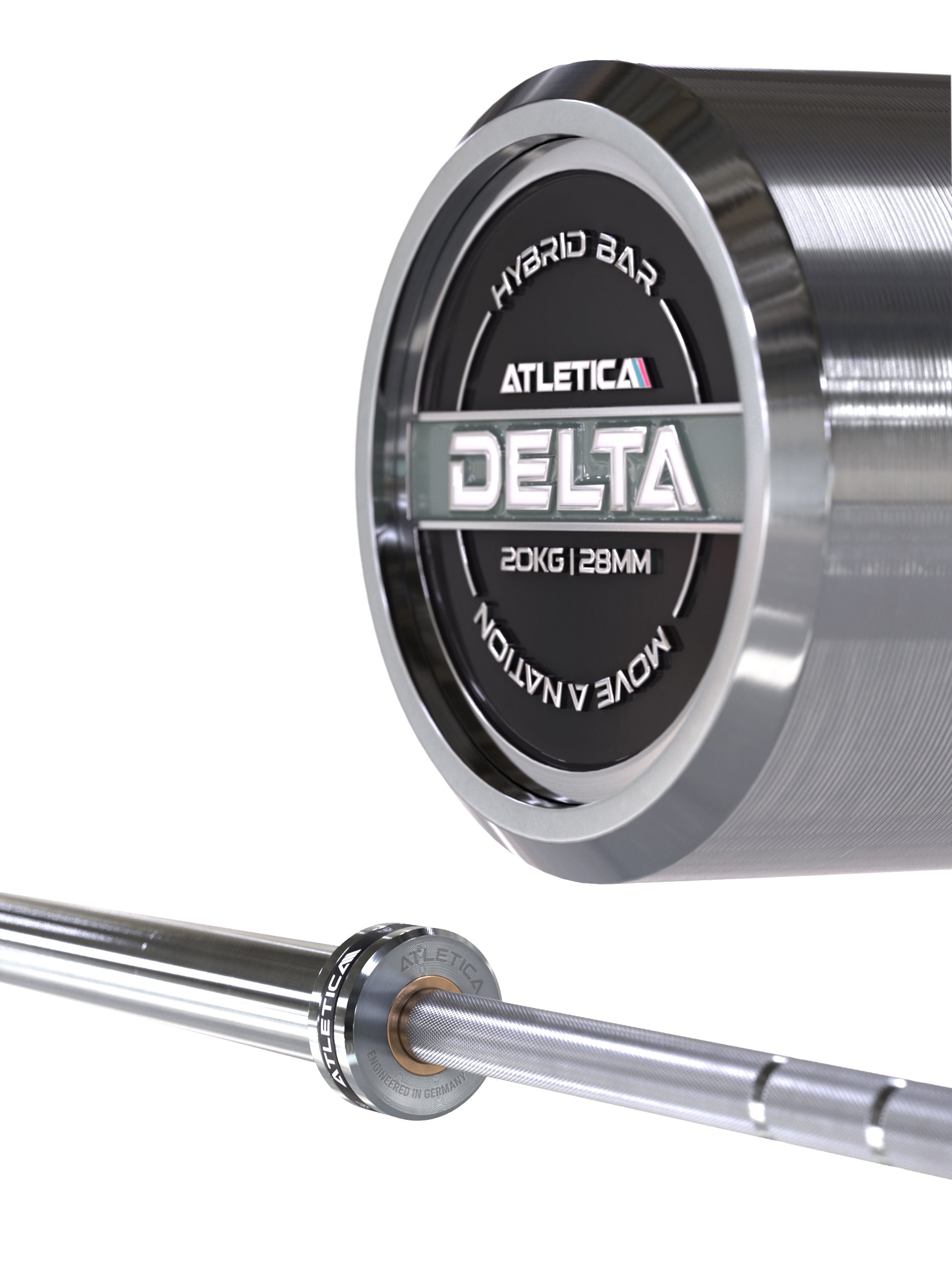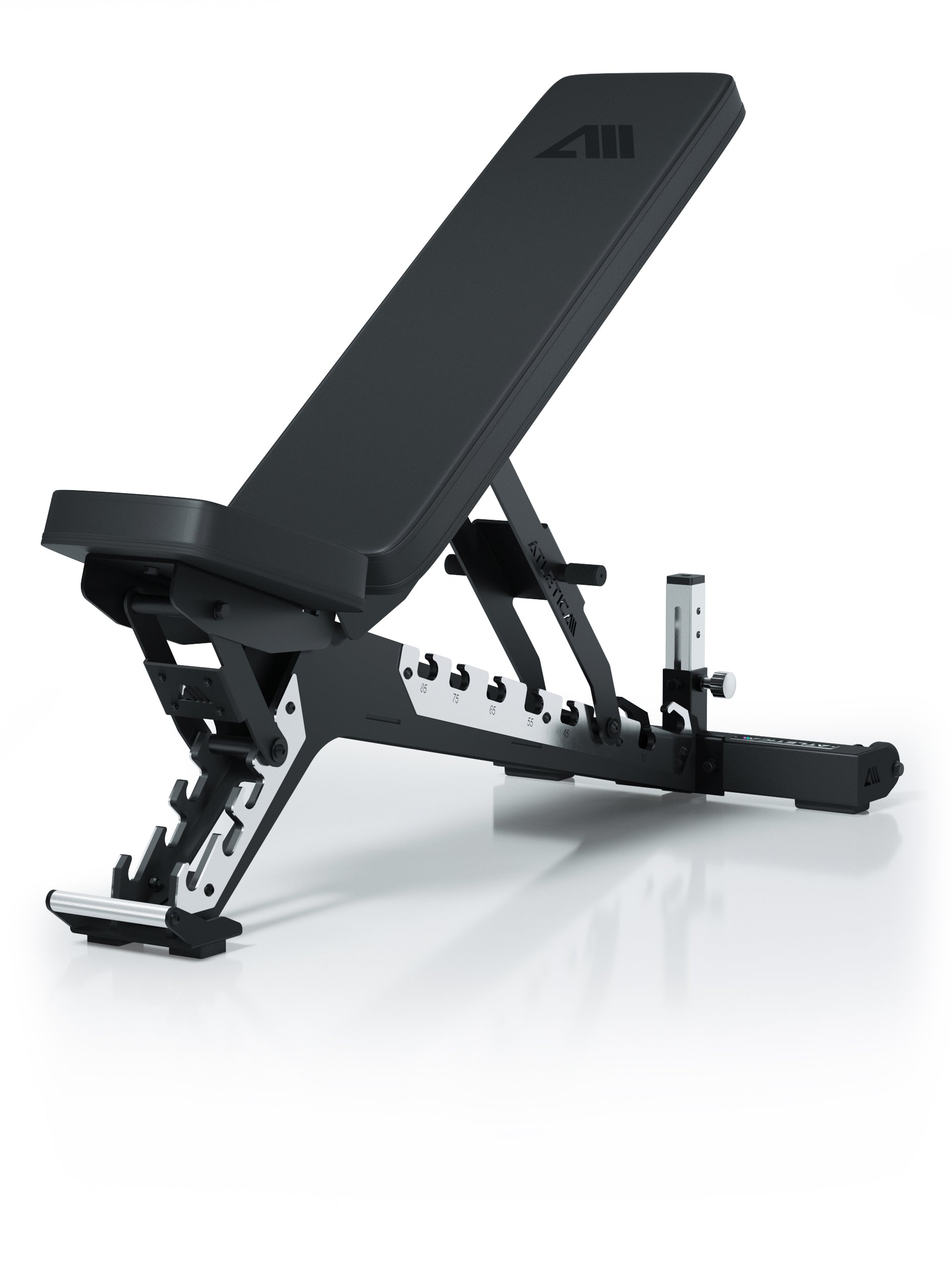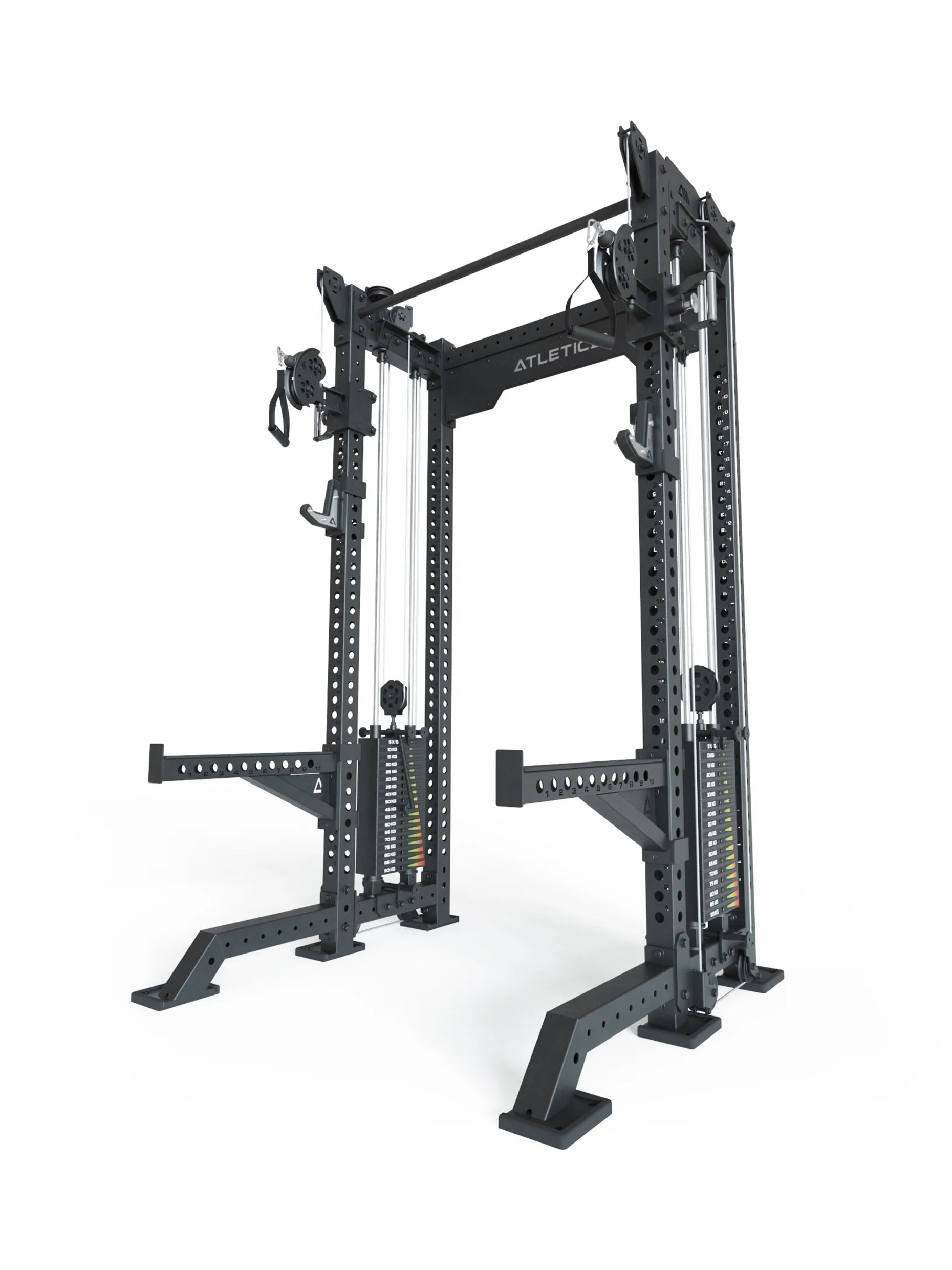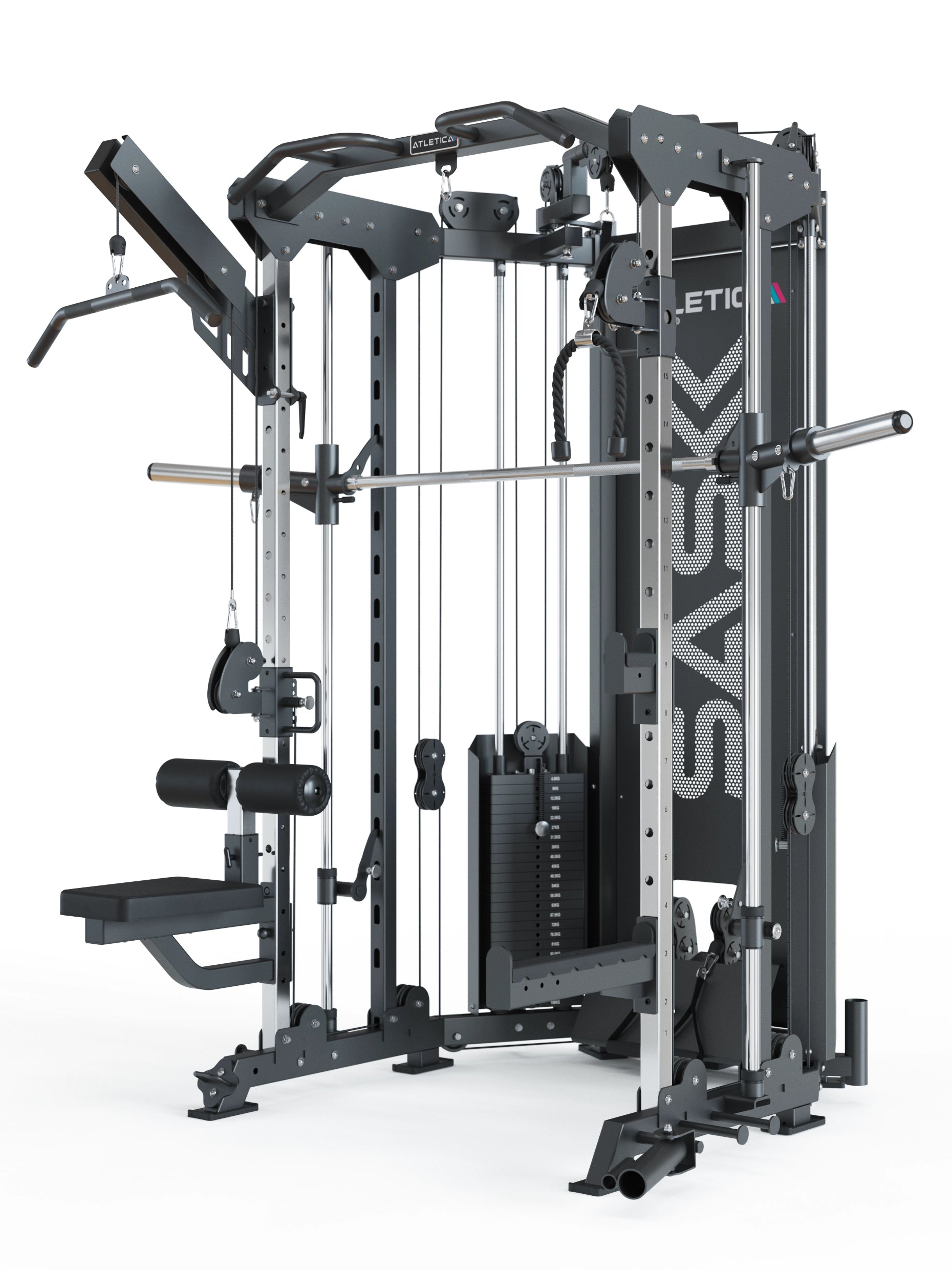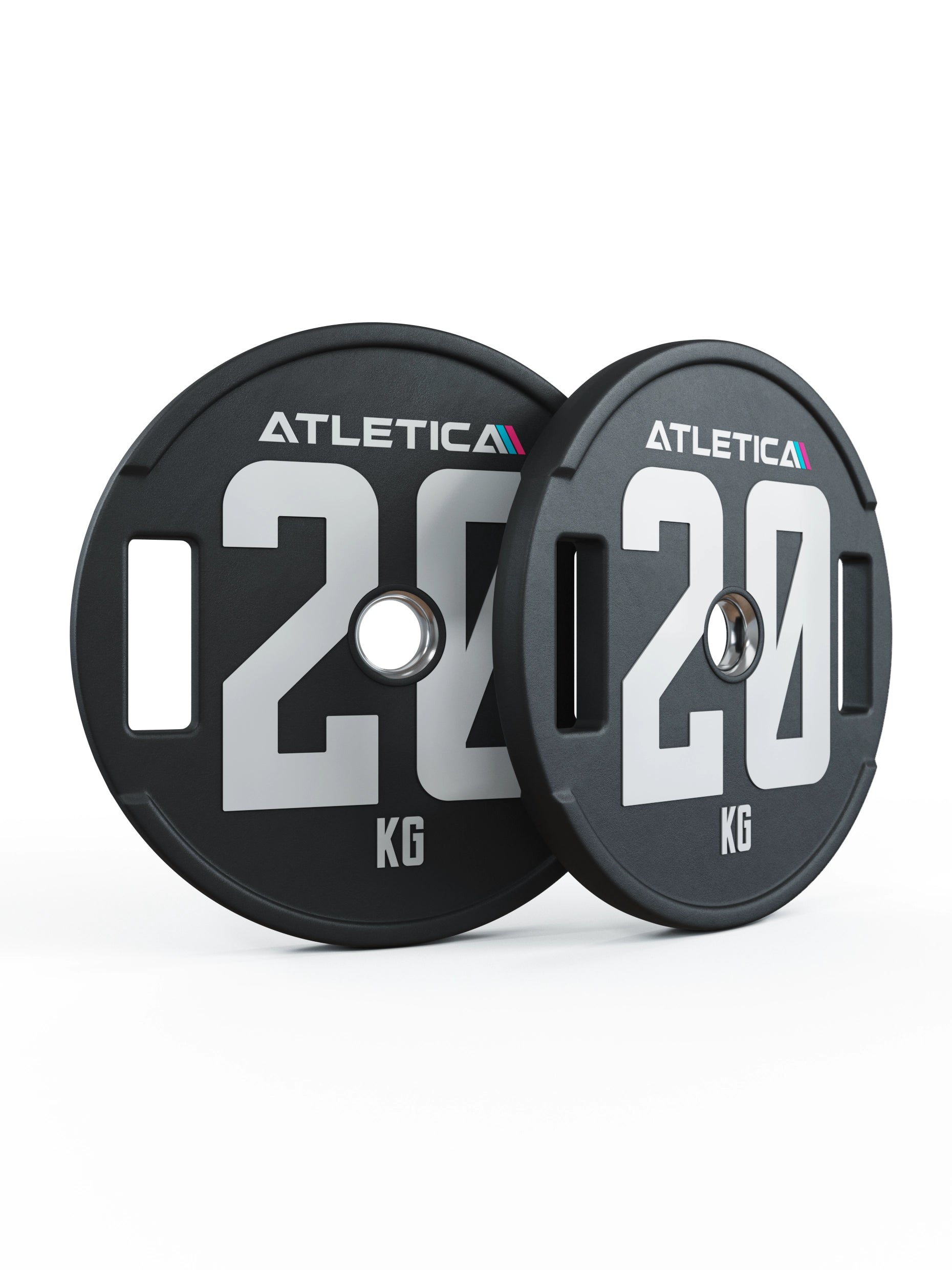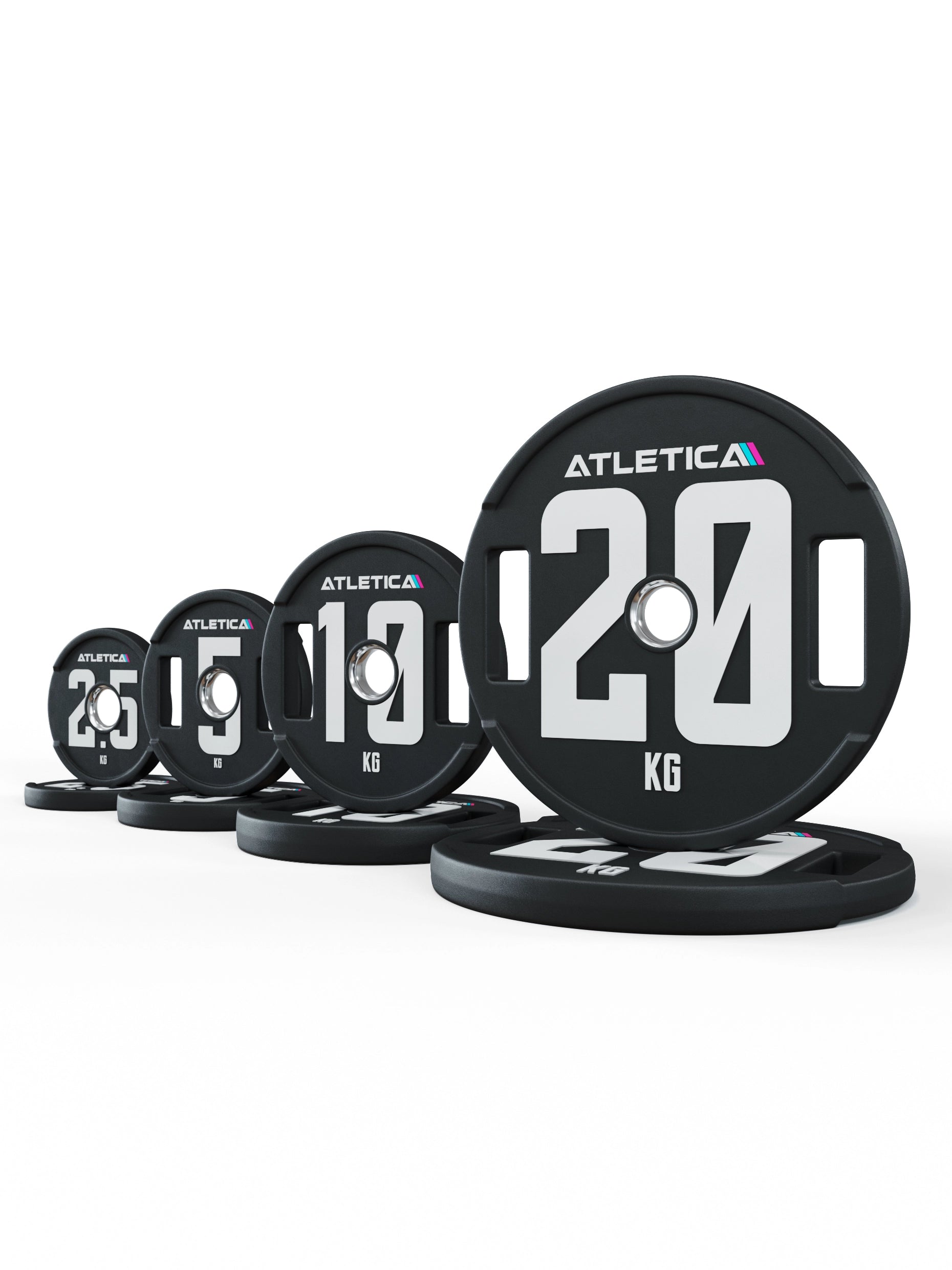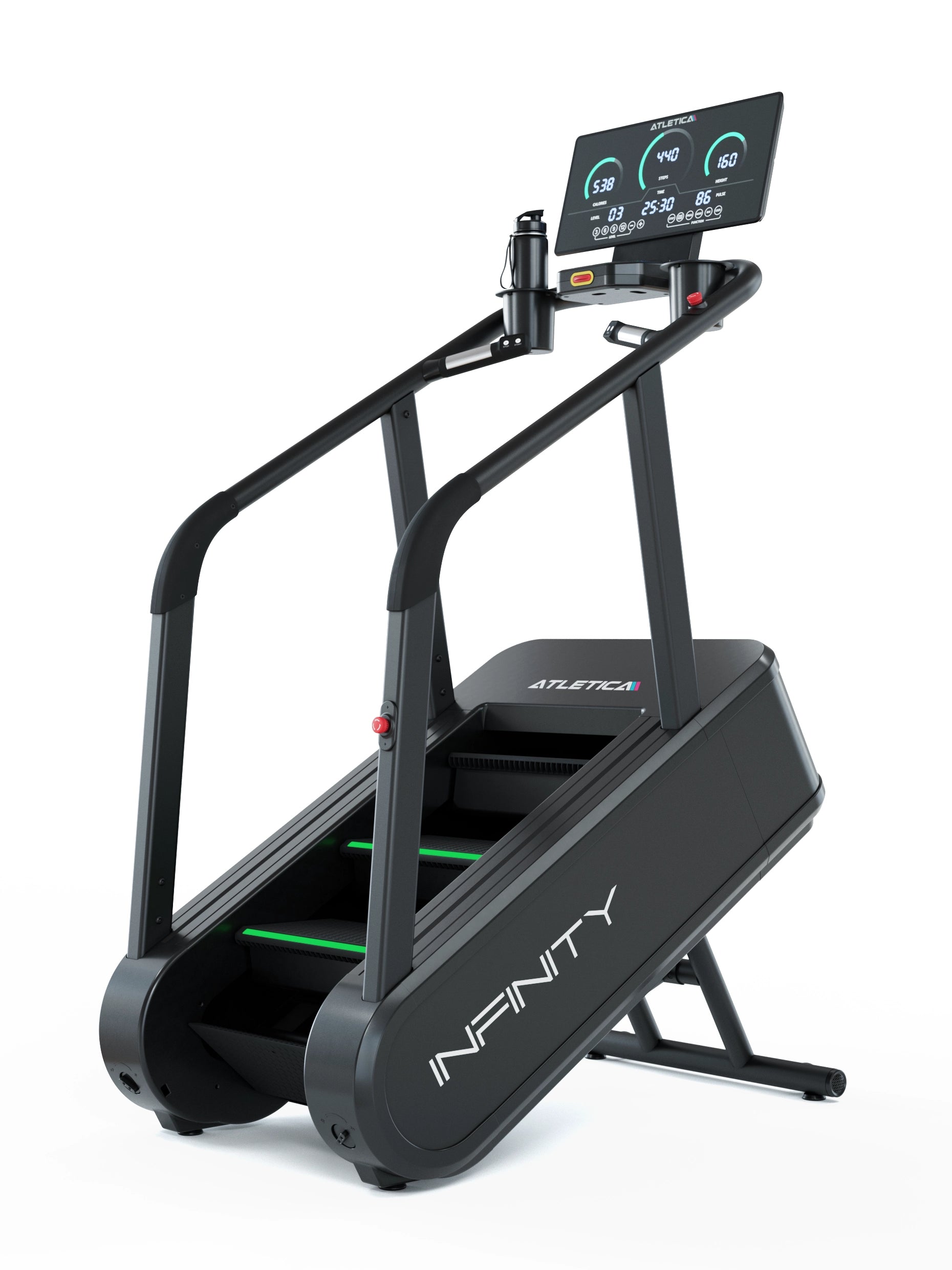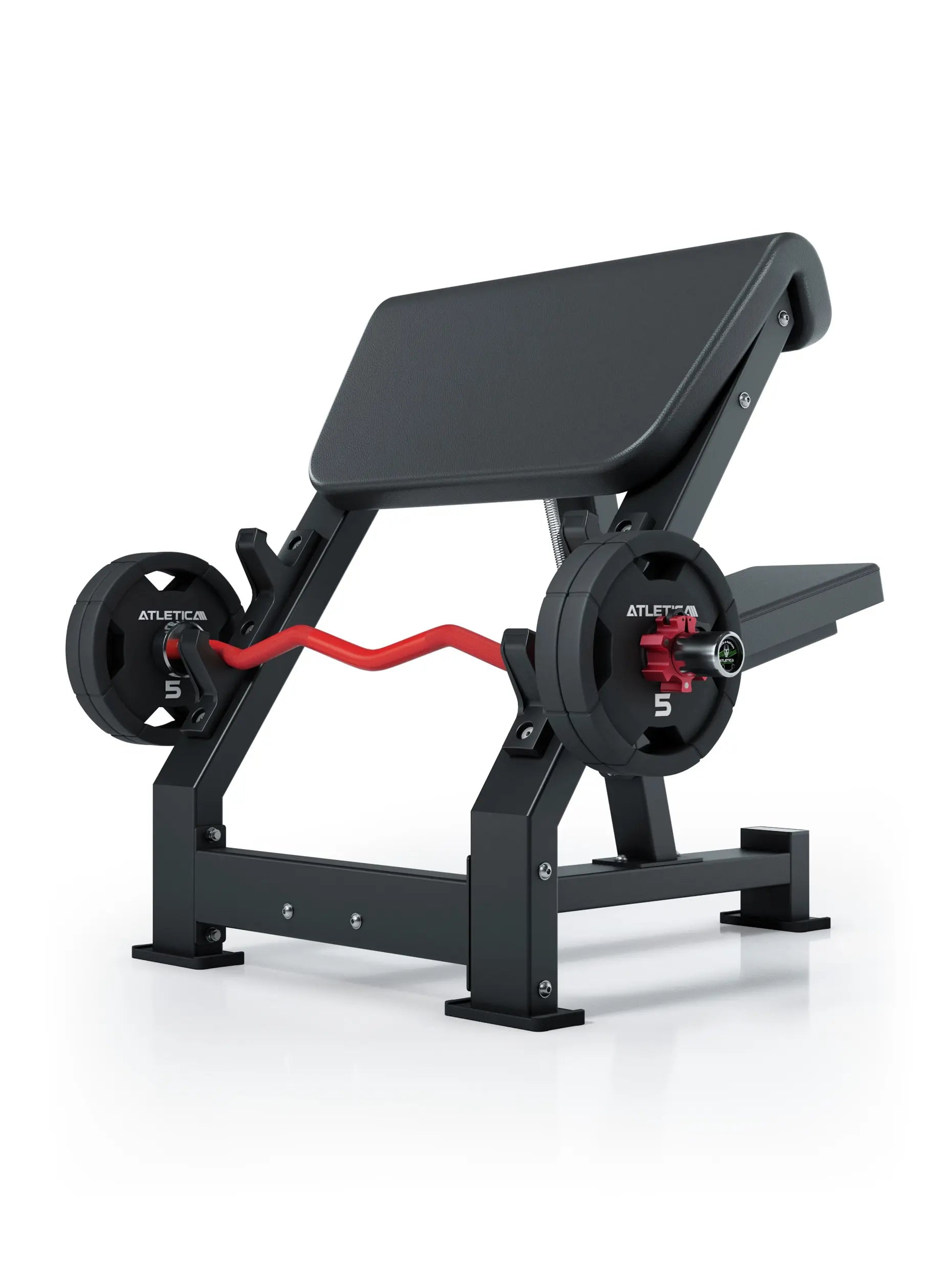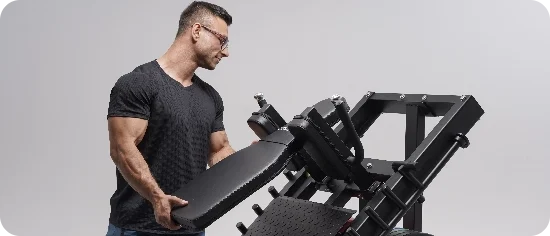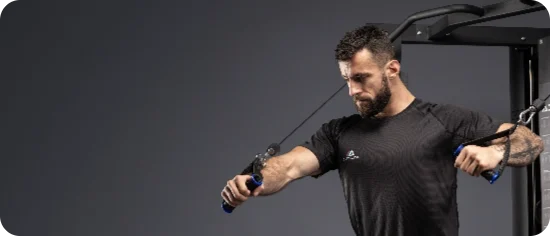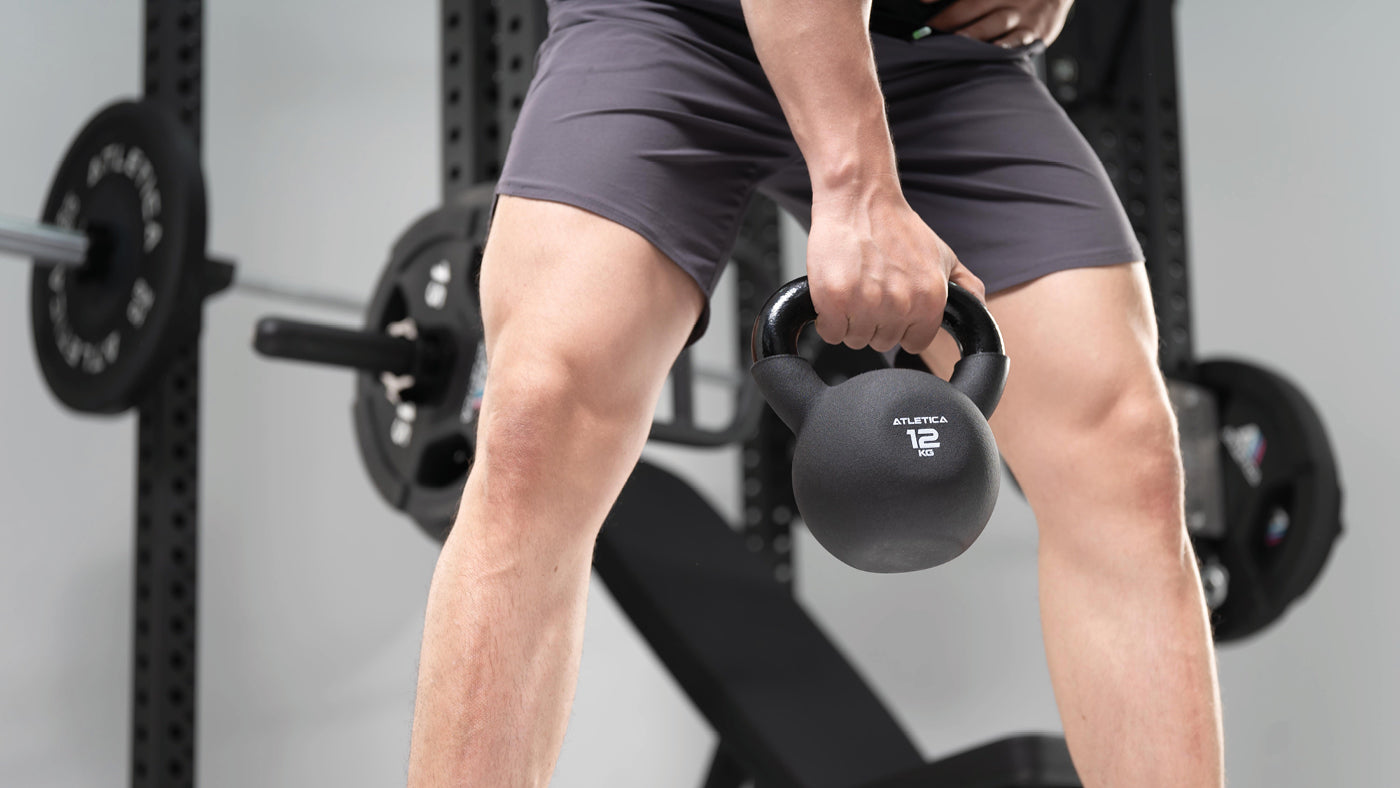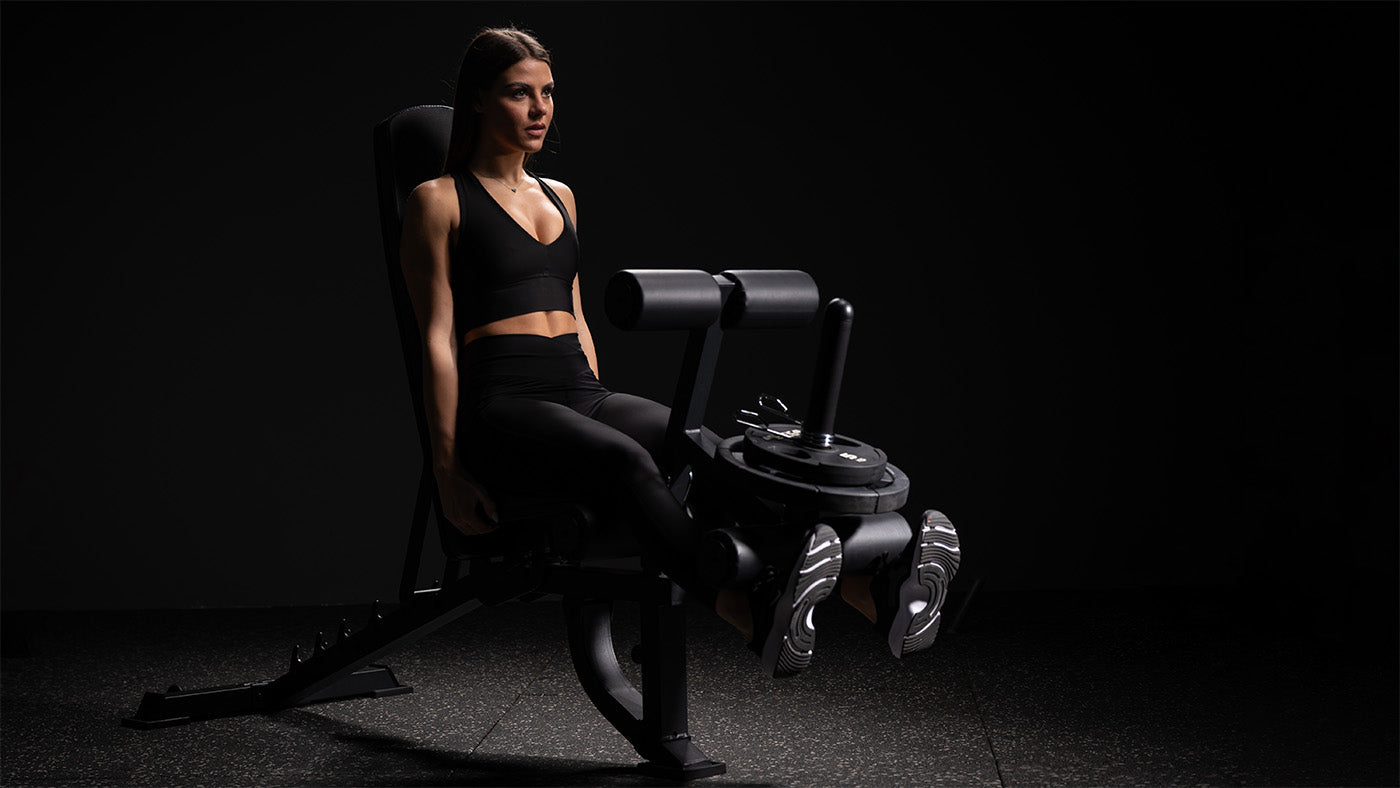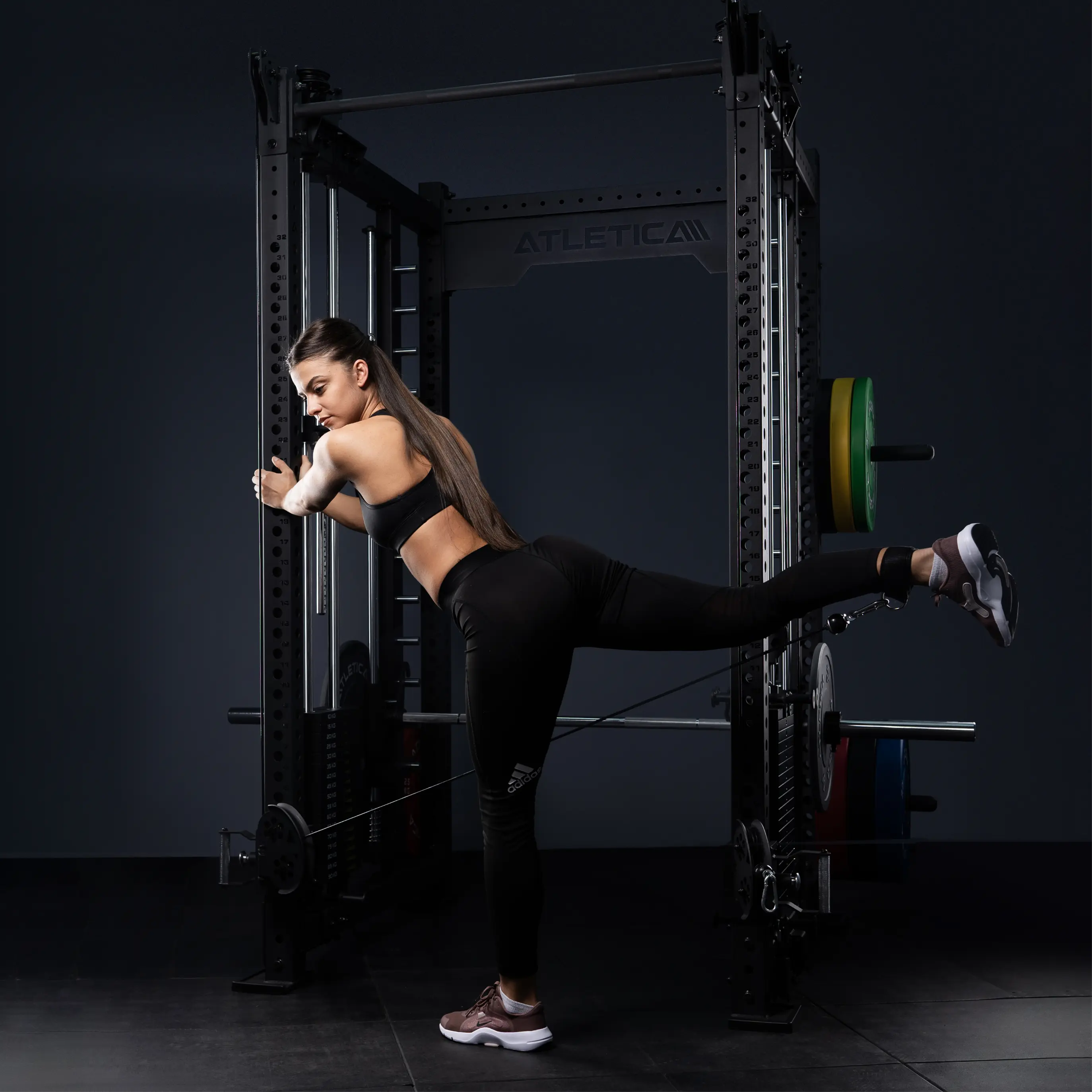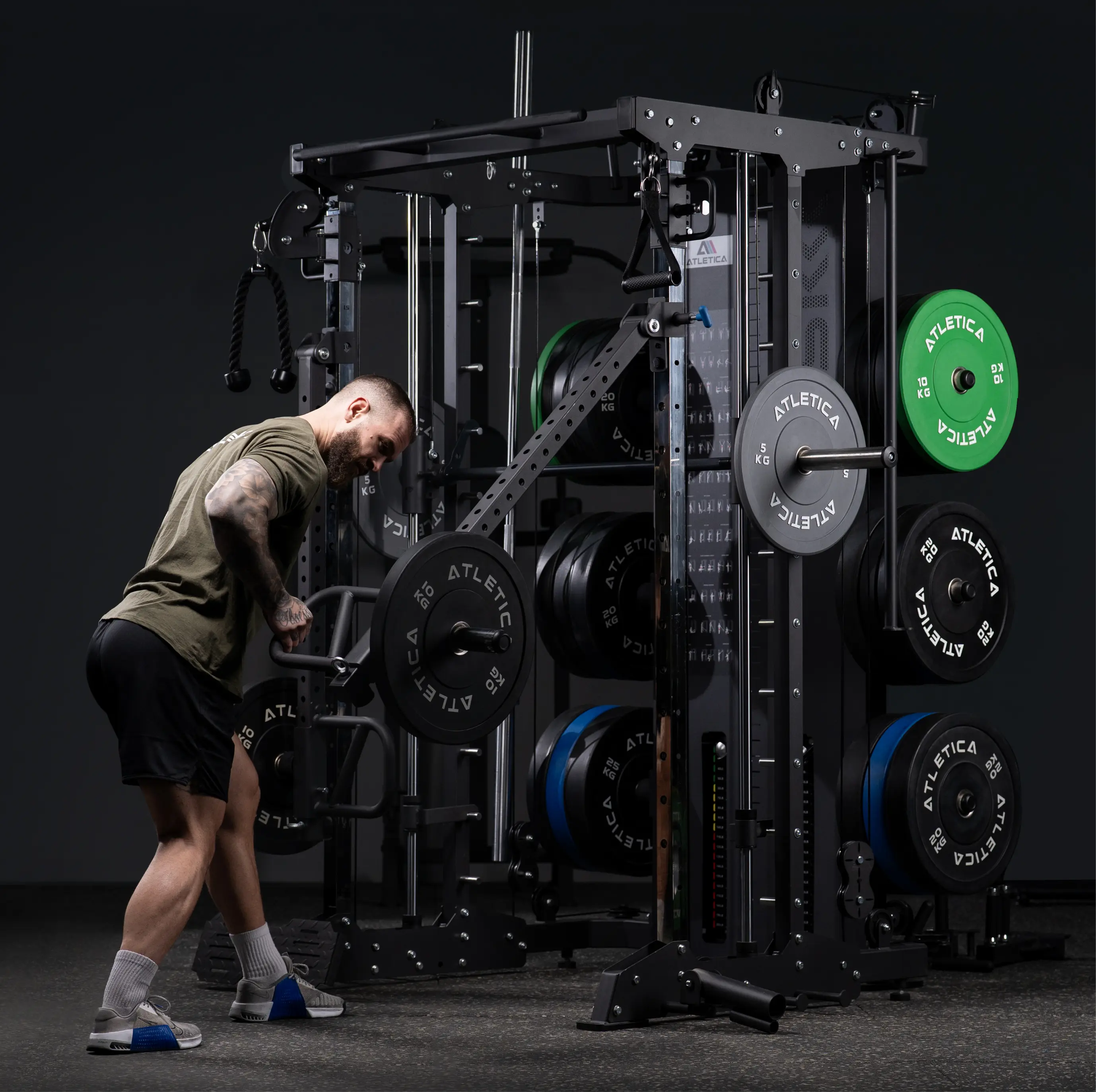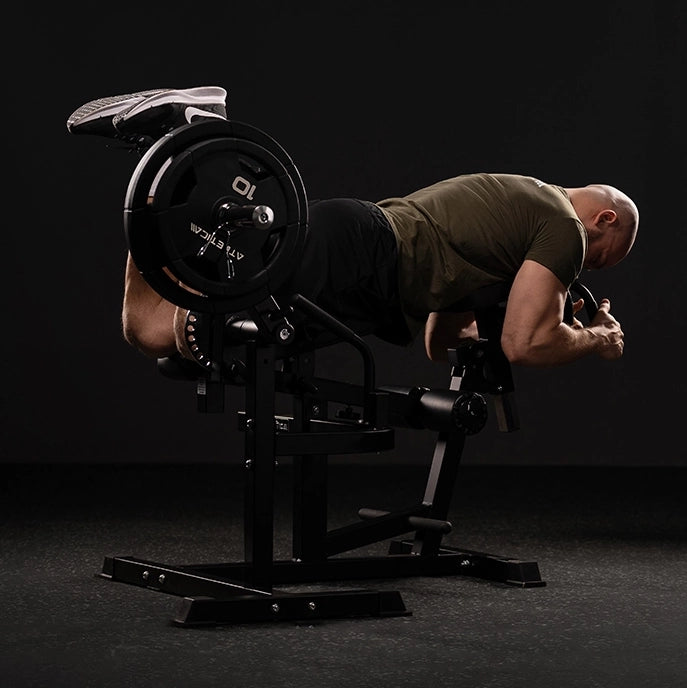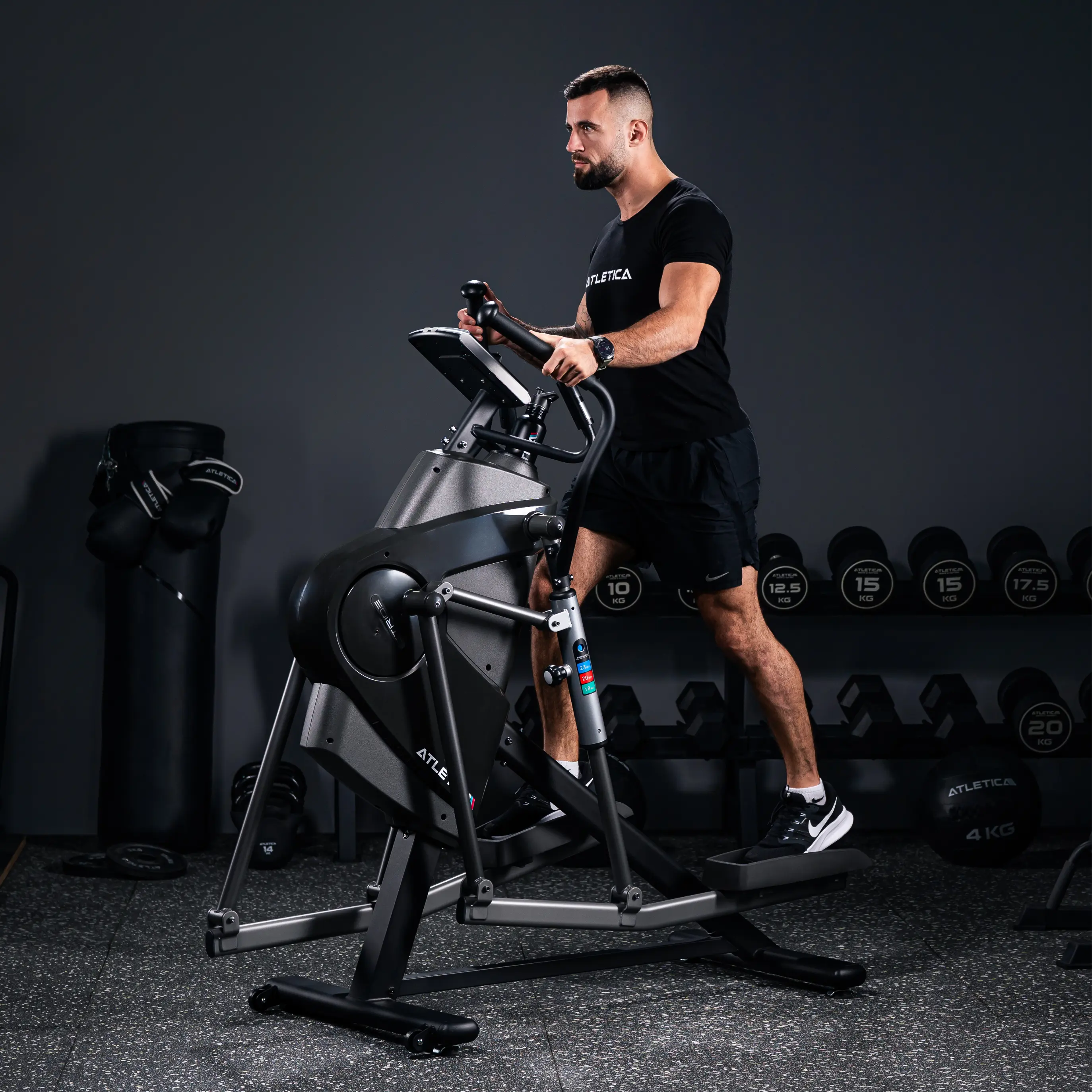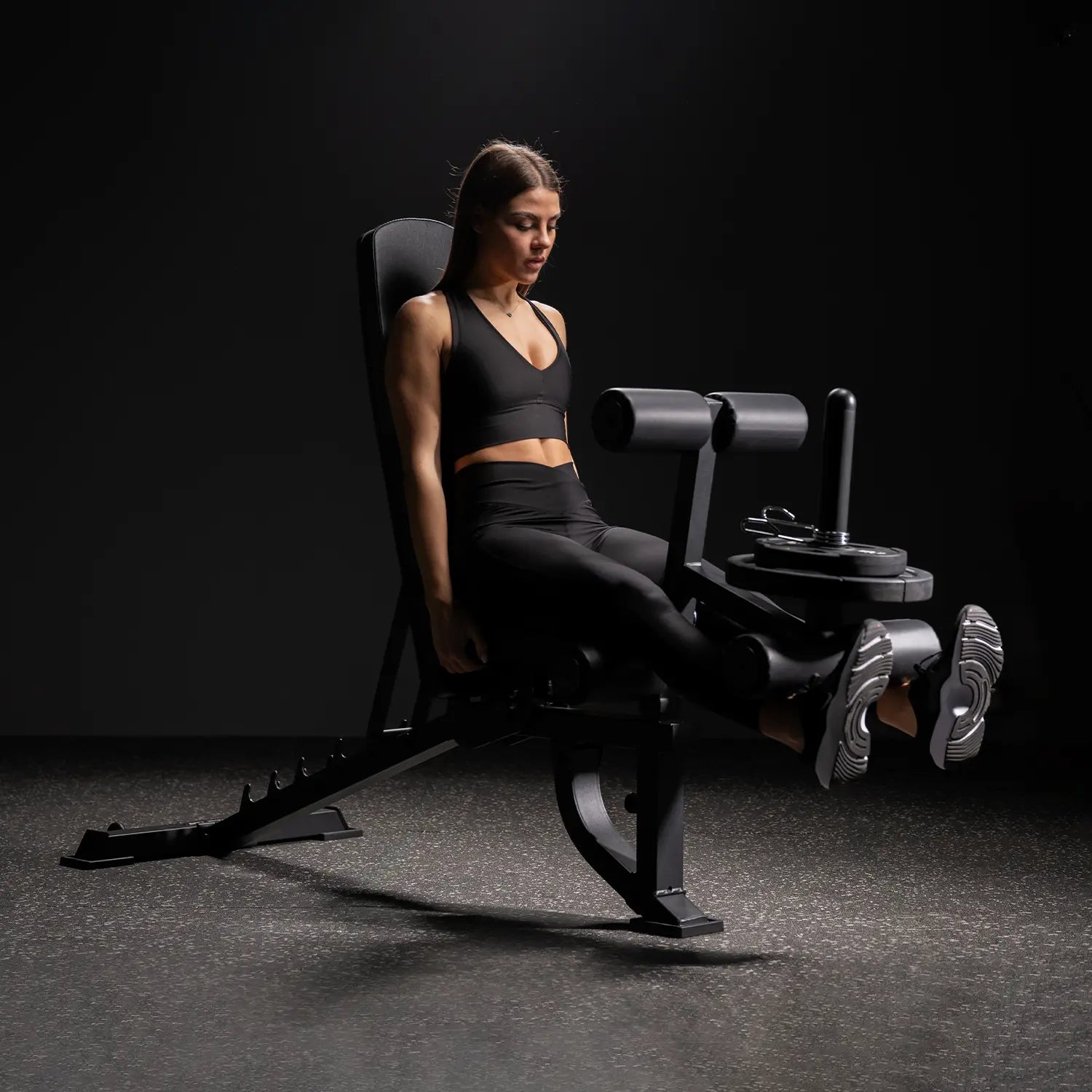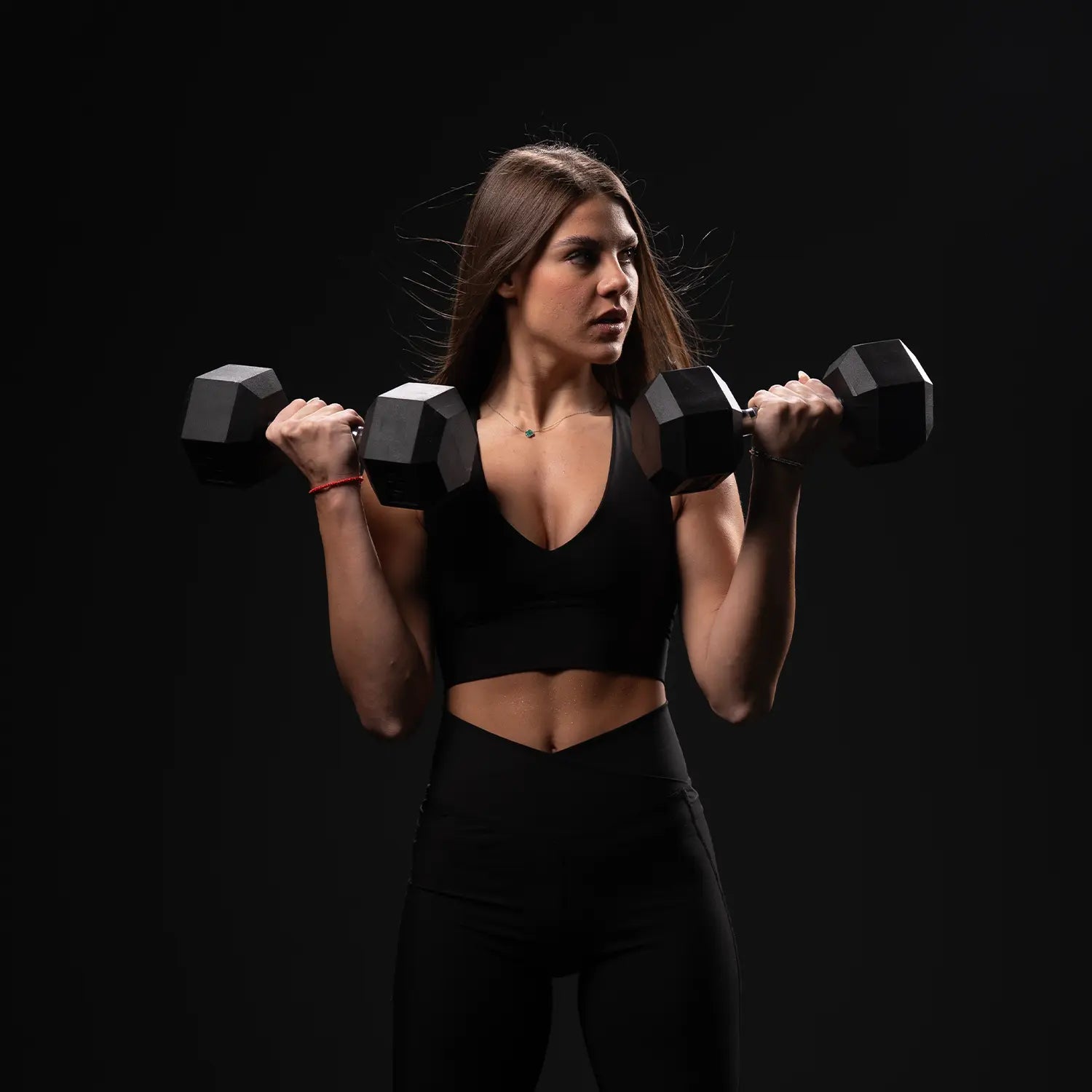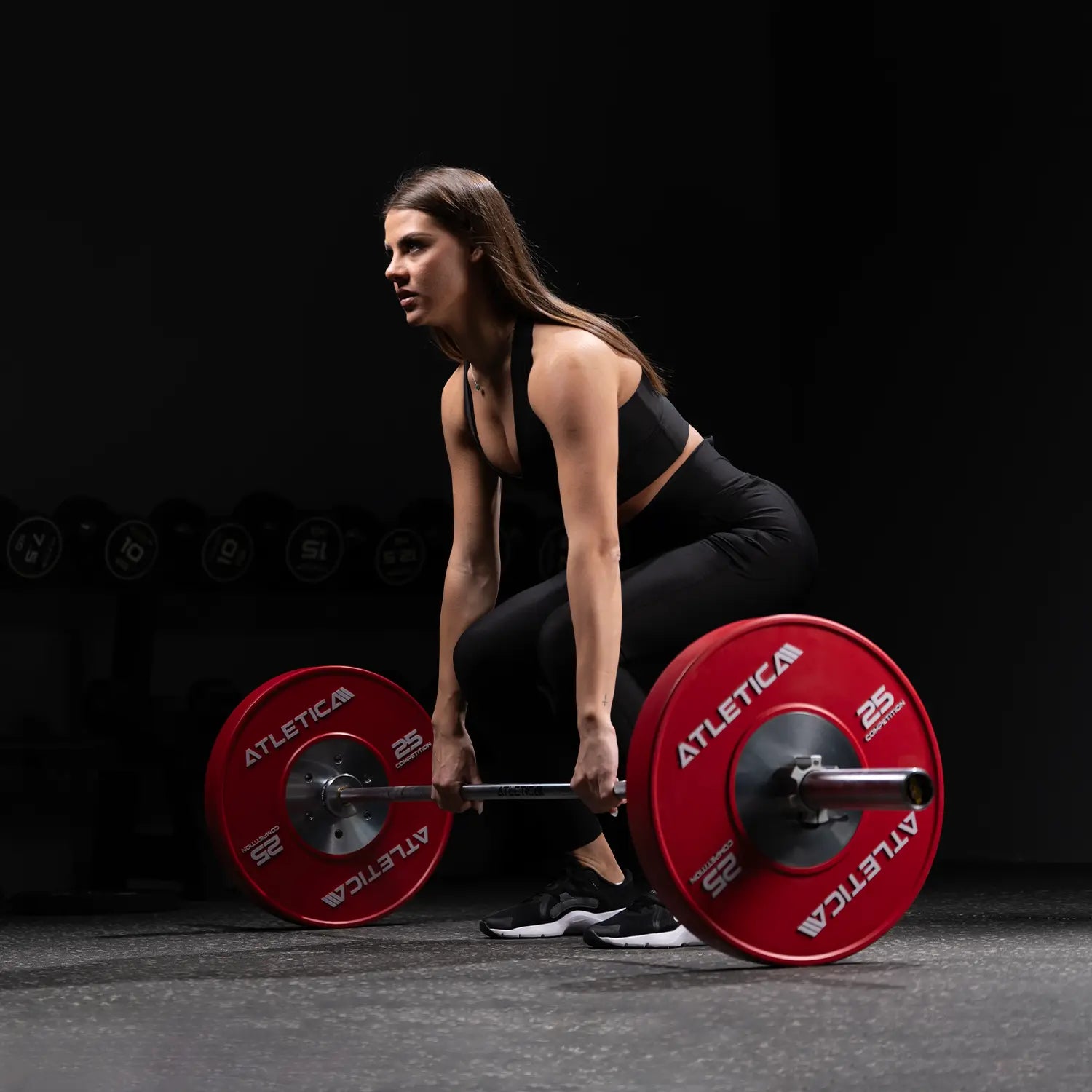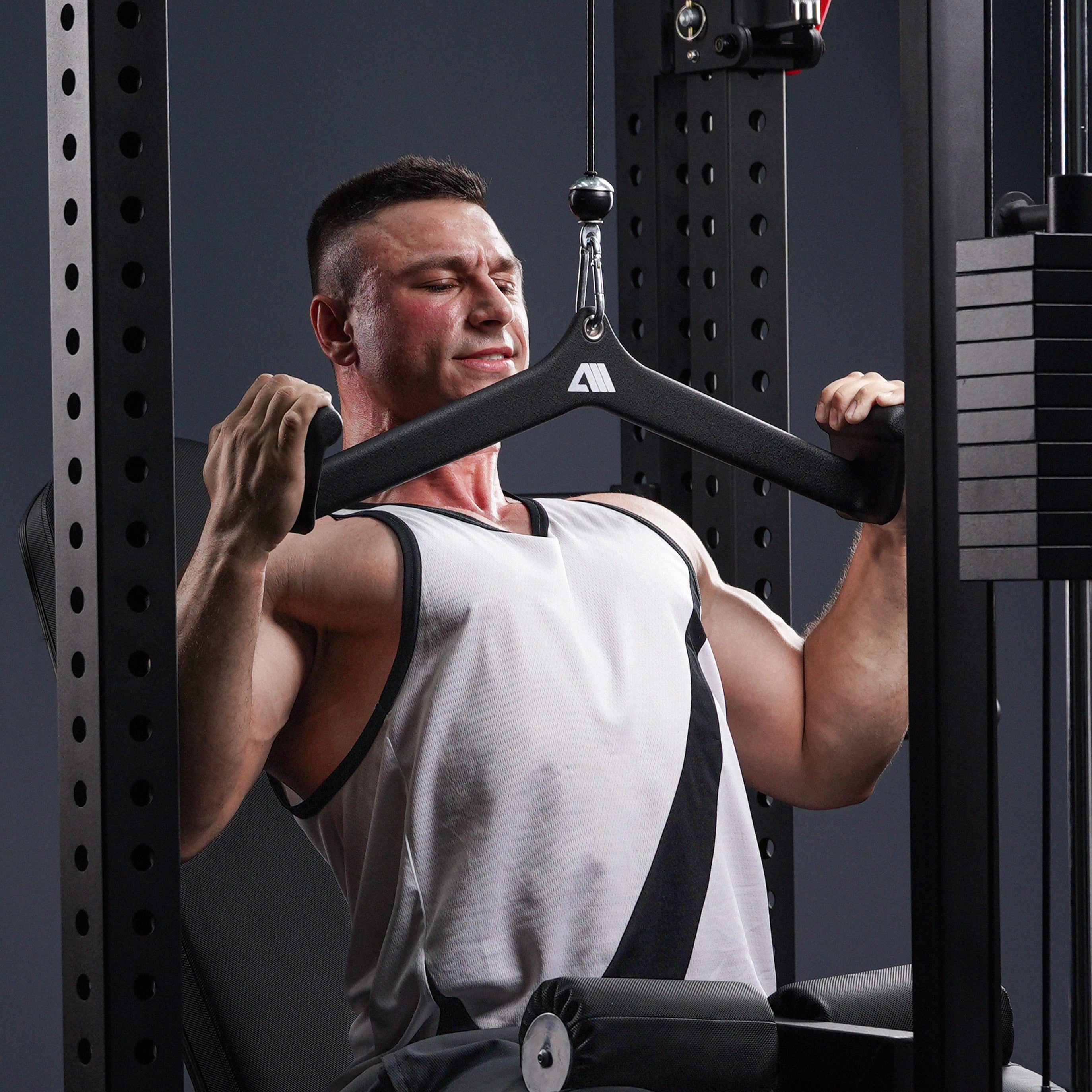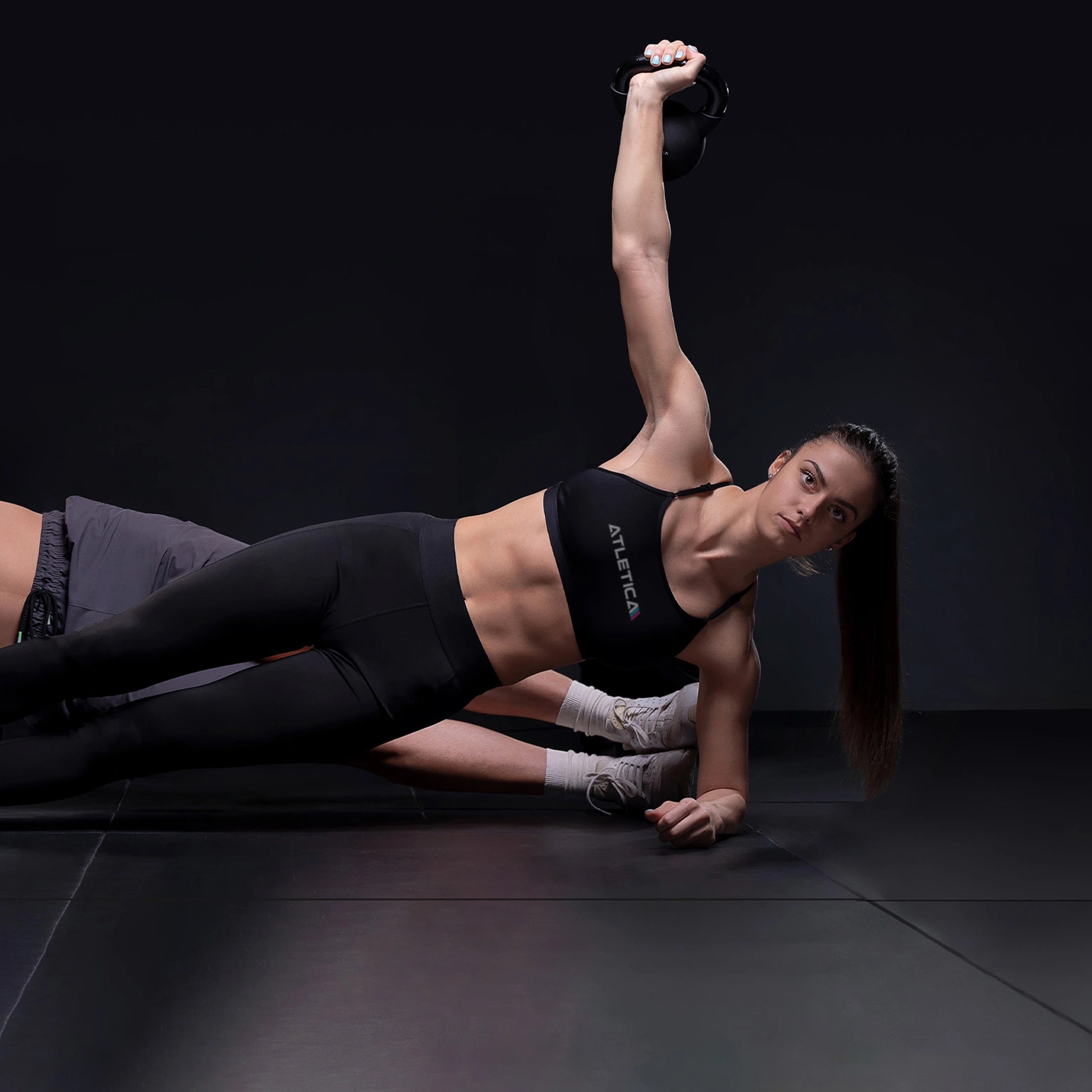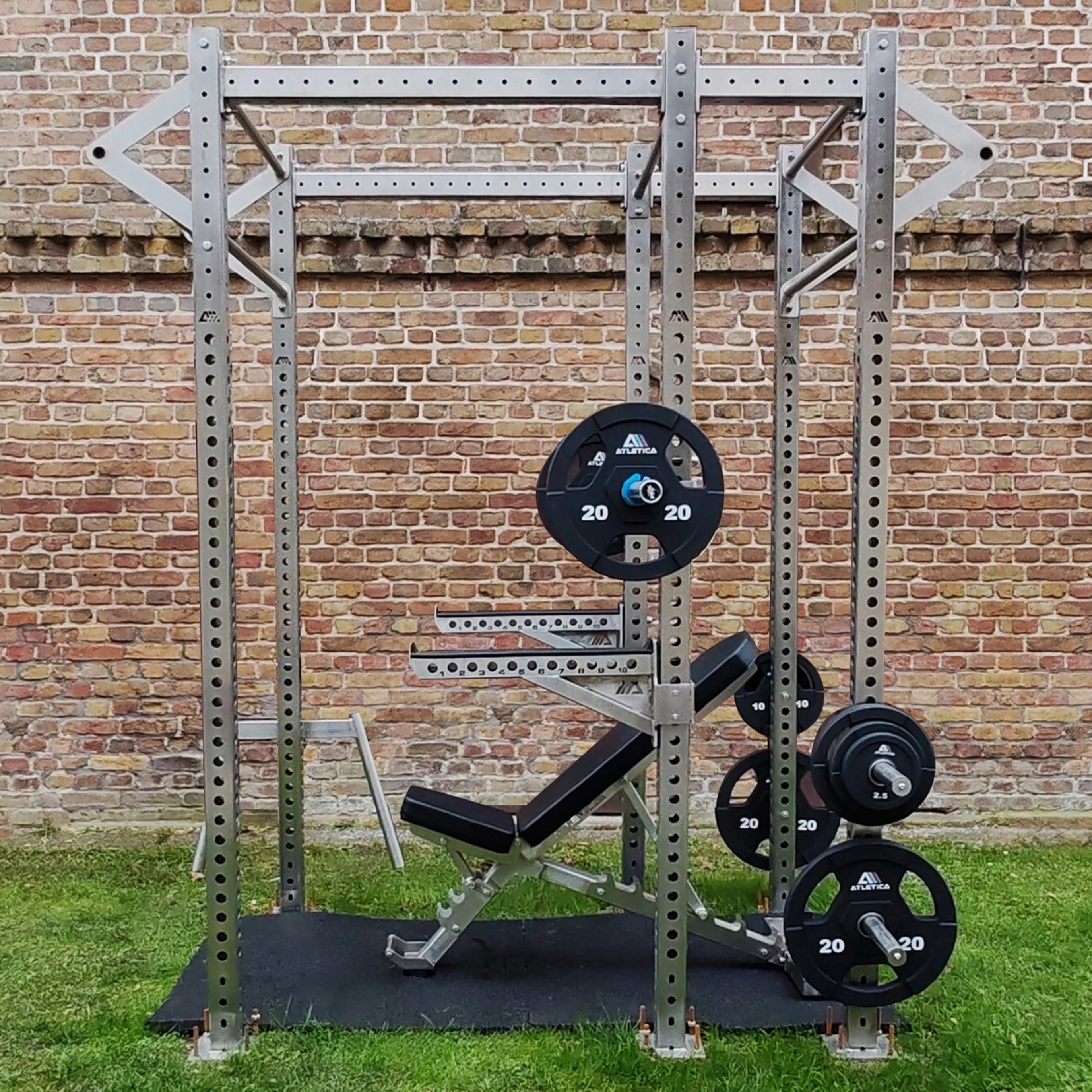Building muscle is much more than just an aesthetic goal - it strengthens the body, increases performance and promotes health. But what exactly is muscle hypertrophy and how does this fascinating process work in the body? In this article, you will learn everything about the basics of muscle growth, why it is so important and how you can implement it effectively. Start your journey to a stronger and healthier you now!
What is meant by muscle building?
Muscle building , also known as muscle hypertrophy, is the process by which the body's muscles increase in volume and strength. This occurs when muscle cells grow and gain mass. Building muscle is the body's natural adaptive mechanism to respond to increased physical stress.
Characteristics of muscle hypertrophy
1. Increase in the size of muscle fibers:
- When building muscles, the existing muscle fibers become larger (hypertrophy). No new fibers are created, but the existing ones become thicker.
2. Improve muscle strength:
- In addition to muscle growth, performance also improves. This means that the muscles can work stronger and more efficiently.
3. Increase in muscle mass:
- Building muscle is often accompanied by a visible change in body composition, with the proportion of muscle mass in relation to body fat increasing.
Importance of Building Muscles
Muscle hypertrophy has many benefits that go beyond the visible results:
- Improved performance: Stronger muscles enable you to perform everyday and sporting tasks more efficiently.
- Protection against injuries: Well-trained muscles support the joints and stabilize the body.
- Strengthening health: Muscle mass helps regulate metabolism and is a protective factor against diseases such as osteoporosis or sarcopenia (muscle loss in old age).
Building muscle is much more than just an aesthetic change – it is a crucial factor for health, strength and well-being.
How does muscle hypertrophy work?
Building muscle is a complex biological process based on an interaction of stress, adaptation and recovery. The basis for building and growth is the body's ability to adapt to increasing demands. Here is a detailed explanation of how muscle hypertrophy works:
1. Mechanical stress and microtrauma
- Muscle strain:
- During strength training, the muscle fibers are put under tension through repeated contractions. This mechanical stress causes tiny tears in the muscle fibers, so-called microtraumas.
- stimulus for adaptation:
- These micro-injuries signal to the body that the muscles need to become stronger in order to better cope with future stress.
2. Repair process and hypertrophy
- Regeneration:
- After training, the body begins to repair the damaged muscle fibers. This process is supported by protein synthesis, which produces new proteins to renew the damaged structures.
- Hypertrophy:
- During the repair phase, the muscle fibers become thicker and more resilient. This increase in muscle volume is called hypertrophy.
- Muscle adaptation:
- The body adapts to the increased strain by making the muscles stronger and more resilient.
3. Role of nutrition and hormones
- Protein supply:
- To repair and grow muscles, the body needs sufficient amino acids, which are obtained from proteins.
- Proteins from foods such as meat, fish, eggs or plant sources are essential for building muscle.
- Hormones:
- Hormones such as testosterone, growth hormone (HGH) and insulin-like growth factor (IGF-1) play a central role in activating protein synthesis.
- The stress hormone cortisol can also influence muscle hypertrophy because it can promote muscle loss when overtraining occurs.
4. Overload and progression
-
Progressive load increase:
- More weight.
- Higher repetition rates.
- Shorter breaks.
- In order to build muscle continuously, the load during training must be increased gradually (progressive overload). This means:
- Adjustment:
- The muscle adapts to the growing demands by increasing its capacity and mass.
5. Rest and sleep
- Supercompensation:
- Muscle growth does not occur during training, but in the recovery phase. This is called supercompensation.
- During this phase, muscles are not only repaired but grow beyond their previous level.
- Sleep:
- During sleep, the body releases growth hormones that promote regeneration and muscle growth. Sufficient sleep is therefore essential.
6. Regularity and continuity
- Consistency:
- Building muscle is a long-term process that requires regular training, a balanced diet and sufficient recovery.
- Variation in training:
- To avoid plateaus, it is important to vary your training regularly and introduce new stimuli.
Muscle hypertrophy is the result of a combination of mechanical stress, adequate nutrient intake, hormonal support and sufficient regeneration. With a well-structured training and nutrition plan as well as the right recovery time, you can help your body build muscle efficiently.
Which fitness equipment is best suited for this?
To build muscle effectively, certain fitness equipment is ideal because it targets the different muscle groups, allows you to adjust the load to your individual needs and makes training safer. Here are the best equipment for building muscle and their advantages:
1. Power Rack
- Why is it suitable?
- The power rack is one of the most versatile devices for muscle hypertrophy. It allows safe training with free weights, such as barbells, and offers holders and safety bars.
- Exercises:
- Squats, bench presses (in combination with a weight bench), pull-ups, shoulder presses.
- Advantage:
- Perfect for basic exercises that work multiple muscle groups at the same time.
2. Multipress (Smith Machine)
- Why is it suitable?
- The multi-press offers guided movements and is particularly suitable for beginners or targeted muscle activation, as the risk of injury is lower.
- Exercises:
- Bench press, squats, shoulder press, calf raises.
- Advantage:
- Supports controlled movements and provides safety during heavy training.
3. Weight bench (adjustable)
- Why is it suitable?
- An adjustable weight bench is a central component for training with dumbbells and barbells.
- Exercises:
- Flat bench presses, incline bench presses, negative bench presses, tricep dips, rowing exercises.
- Advantage:
- Can be used flexibly for a variety of exercises and muscle groups.
4. Barbells and dumbbells
- Why is it suitable?
- Dumbbells are essential for building muscle because they offer maximum freedom of movement and work the stabilizing muscles.
- Exercises:
- Biceps curls, shoulder presses, deadlifts, one-arm rows.
- Advantage:
- Versatile, adjustable weight, ideal for beginners and advanced users.
5. Cable pulling machine
- Why is it suitable?
- The cable pull offers constant resistance and allows a variety of exercises for different muscle groups.
- Exercises:
- Lat pulldowns, tricep extensions, cable rows, cable flyes.
- Advantage:
- Ideal for targeted muscle work and controlled movements.
6. Leg press
- Why is it suitable?
- The leg press enables intensive training of the leg muscles with controlled strain.
- Exercises:
- Leg press, single leg leg press.
- Advantage:
- Effective leg training without overtaxing the stabilizing muscles.
7. Pull-up bar
- Why is it suitable?
- Pull-ups are one of the most effective exercises for the back and arms.
- Exercises:
- Classic pull-ups, chin-ups, isometric holds.
- Advantage:
- Promotes functional muscle hypertrophy and grip strength.
8. Kettlebells
- Why is it suitable?
- Kettlebells enable dynamic and functional exercises that target multiple muscle groups simultaneously.
- Exercises:
- Kettlebell swings, Turkish get-ups, clean and press.
- Advantage:
- Effective for full body exercises and stability training.
9. Rowing machine
- Why is it suitable?
- In addition to endurance training, the rowing machine also strengthens the back muscles, legs and arms.
- Exercises:
- Rowing movement at different intensities.
- Advantage:
- Full body workout with special focus on back and shoulders.
10. Resistance bands
- Why is it suitable?
- Resistance bands can be used flexibly and offer a joint-friendly alternative to free weights.
- Exercises:
- Biceps curls, triceps presses, shoulder rotations.
- Advantage:
- Ideal for beginners, rehab or as a supplement to free weights.
devices for advanced users
- Hackenschmidt machine: Especially for squats and leg training.
- Lat pulldown station: For targeted back training.
- Pec deck: For isolated chest training.
The best fitness equipment for building muscle combines safety, versatility and efficiency. A well-equipped studio should offer a mix of free weights (barbells and dumbbells), strength equipment (power rack, multi-press) and functional equipment (kettlebells, resistance bands). This way, all muscle groups can be trained specifically and effectively - regardless of training level and goals.
Everything for muscle hypertrophy – Now in the Atletica online shop
Whether you are a beginner or advanced, you need the right equipment to build muscle effectively. In the Atletica online shop you will find everything you need for your training - from power racks and multi-presses to weight benches , barbells, dumbbells and much more.
Discover our high-quality range and start your training with the best equipment on the market. Get your equipment now and take your muscle building training to the next level! Check it out: www.atletica.de



